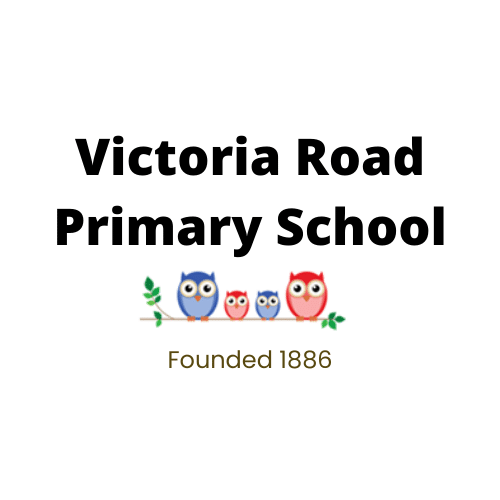Design Technology
Design Technology Curriculum
Our Subject Leader for DT: Miss L Fisher
Curriculum Statement
At Victoria Road Primary School, we are committed to the teaching of Design and Technology. We provide children with the opportunities to develop their knowledge, skills and vocabulary in mechanisms, structures, textiles, electrical systems, digital world and food and nutrition. We follow the ‘Kapow’ scheme of work to ensure that children are given the opportunity to experience designing, making and evaluating with a range of materials. We believe that is important for children understand the impact that Design and Technology has on daily life and the wider world.
Intent
At Victoria Road, we aim to support all pupils need to meet the National Curriculum end of key stage targets. In order to achieve this, we will:
Inspire pupils to be innovative and creative thinkers who have an appreciation for the design cycle.
Develop pupil’s confidence to take risks, through drafting design concepts, modelling and testing and to be reflective learners who evaluate their own work and the work of others.
Build awareness of the impact design and technology has on our lives and encourage people to become resourceful, enterprising citizens who will have the skills to contribute to future design advancements.
Provide opportunities for children to experience the six key areas of design and technology: mechanisms, cooking and nutrition, textiles, structures, electrical systems and digital world.
Implementation
At Victoria Road, we follow the Kapow Primary Art and Design and Design and Technology combined scheme of work. The Kapow Design and Technology scheme of work challenges children to respond to design briefs and scenarios that require consideration of the needs of others in all six key areas. Each key area follows the design process (design, make, evaluate) and has a particular theme and focus.
Key knowledge and skills are revisited which allows pupils to revise and build on their previous learning. Teaching staff are provided with planning, resources and CPD to support their lessons. Differentiated guidance is available to ensure all pupil’s needs are met and therefore are able to succeed. Pupils complete their work in design and technology books and when necessary photographs are uploaded onto Seesaw. Art and Design or Design and Technology is taught each half term. We have a timetable in place to ensure all units are covered throughout the year for each year group. Resources are audited and new stock is ordered each year to ensure teachers have everything they need to deliver each unit successfully.
Impact
The impact of Kapow’s Primary scheme can be monitored through both formative and summative assessments opportunities. Each lesson includes guidance to support teachers in assessing pupils against the learning objectives. Each unit has a quiz and knowledge catcher which can be used at the end of the unit.
The expected impact of following the Kapow Primary Design and Technology scheme of work is that pupils will:
Understand the functional and aesthetic properties of a range of materials and resources.
Understand how to use and combine tools to carry out different processes for shaping, decorating and manufacturing products.
Build and apply a repertoire of skills, knowledge and understanding to produce high quality, innovative outcomes, including models, prototypes, CAD and products to fulfil the needs of users, clients and scenarios.
Understand and apply the principles of healthy eating, diets, and recipes including key processes, food groups and cooking equipment.
Have an appreciation for key individuals, inventions and events in history and of today that impact our world.
Recognise where our decisions can impact the wider world in terms of community, social and environmental issues.
Self-evaluate and reflect on learning at different stages and identify areas to improve.
Meet the end of key stage expectations outlined in the National Curriculum for Design and Technology.

Design Technology
“Design is not just what it looks and feels like, design is how it works.”
Steve Jobs, co founder of Apple, Inc


